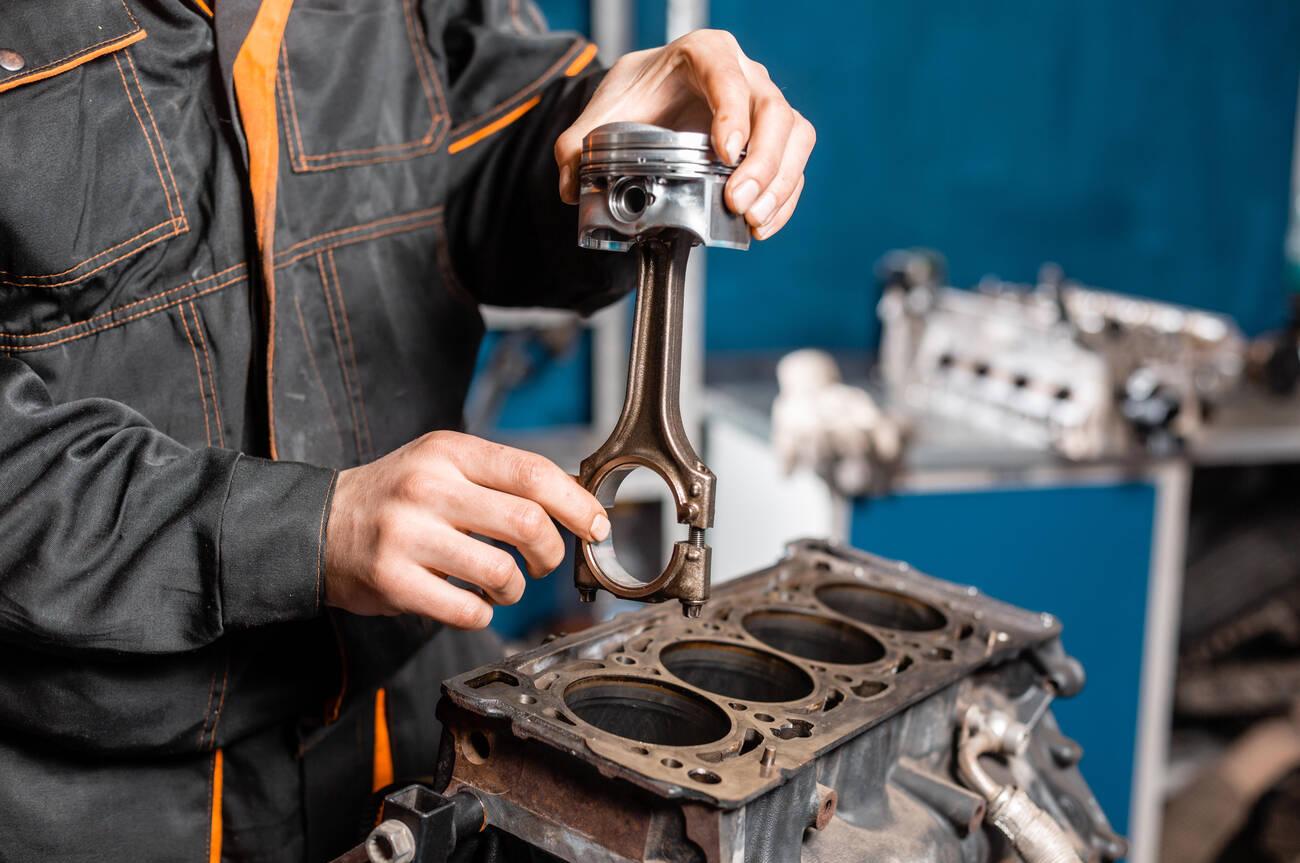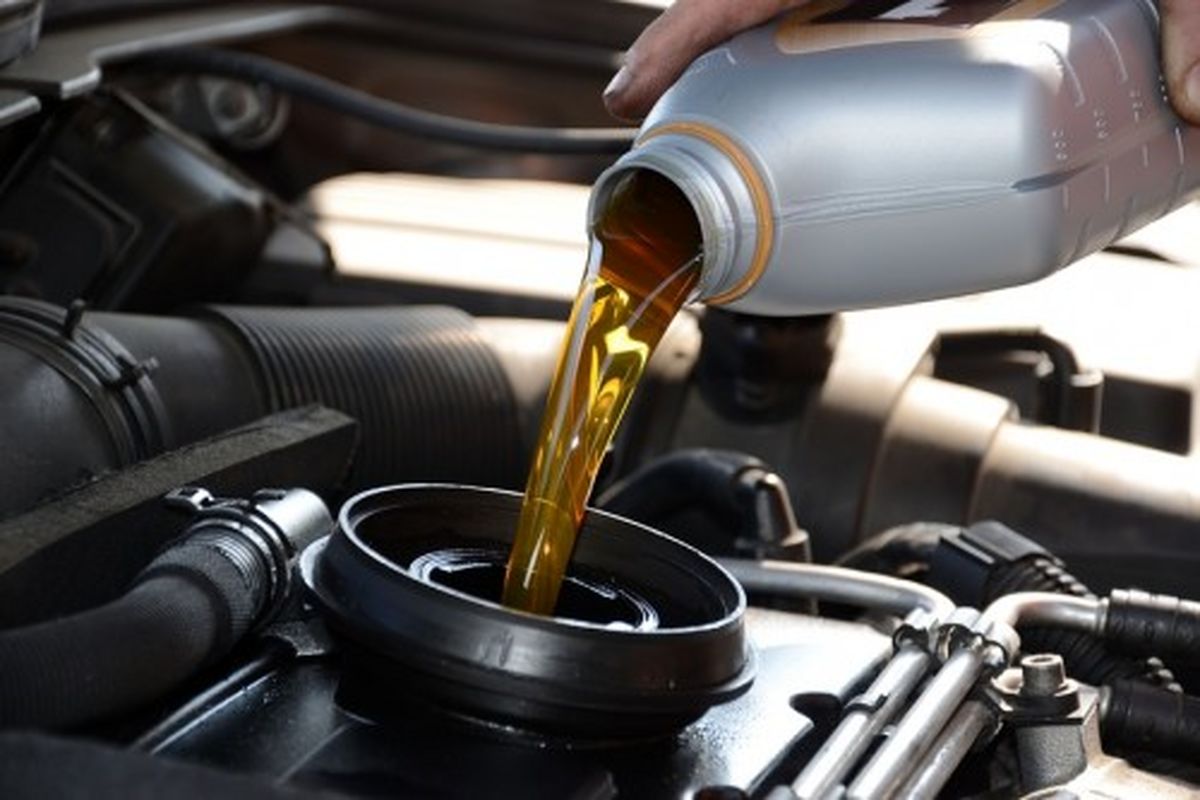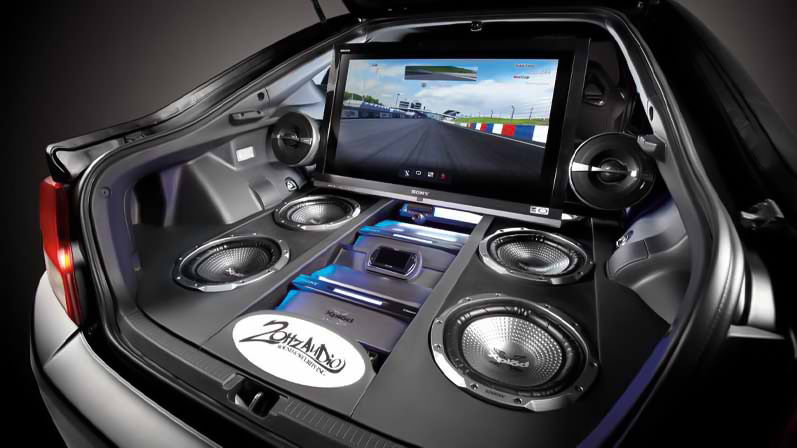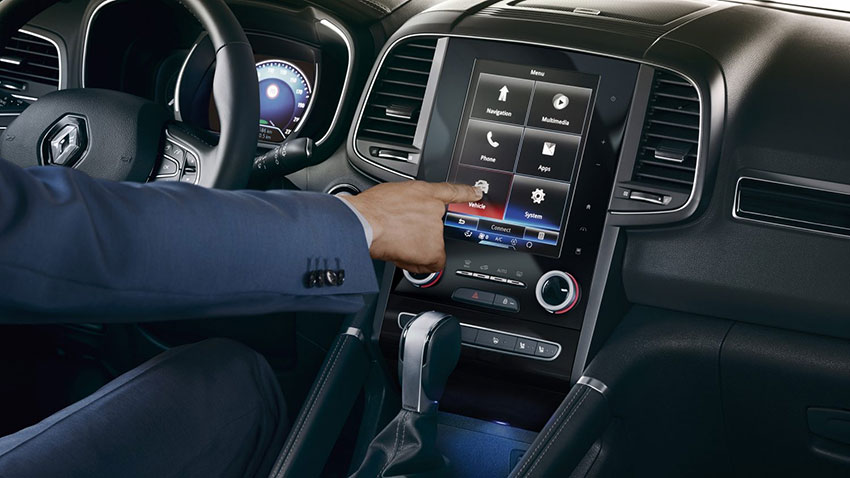What is a connecting rod? This part is considered as one of the most important internal components in the engine of any car. The main function of the connecting rod is to transfer power from linear to rotational mode. This part, which consists of three parts, the big head, the small head and the body, is connected to the piston on one side and to the crankshaft on the other side. Since the task of this piece is to transfer power from one state to another, it is constantly under the pressure of various forces. Therefore, always having a high quality and long life alloy is one of the most important indicators of the connecting rod. In the future, stay with IR Lux Cars team to check together the factors that cause the failure of the connecting rod.
Factors that cause connecting rod failure
1- Lack of proper lubrication: If there is a lack of engine oil or its quality is low, the connecting rod is easily damaged.
2- Continuous knocking: the most important factor in the failure of connecting rods is incomplete combustion or knocking. Incomplete or premature ignition usually occurs due to the low quality of gasoline, when knocking, the piston moves downward prematurely, which in the long run causes the connecting rod to bend or break.
3- High-pressure driving: driving with high engine speed and sudden reversals puts extra pressure on the engine parts, especially the engine.
4- Timing not being adjusted: If the timing belt or timing chain of the engine is not adjusted accurately, the crankshaft, connecting rod and pistons will not have the necessary coordination and will damage each other.
5- Bearing wear: Bearing wear due to high performance or lack of proper lubrication in the first step causes corrosion of the crankshaft, and if this issue continues, it will cause damage to the connecting rod in the long run.

The signs of failure of this part are almost easily recognizable, for example, unreasonable noises from the engine, especially at high revs, or a rattling sound from under the engine can be considered as signs of cranking. Also, in rare cases, when a lot of pressure is applied to the engine, it is possible to break the connecting rod and push it out of the cylinder wall, which in this case leaves a lot of costs on the hands of the car owner. Next, we want to check all the components of this piece together.
1- Big head: This part is connected to the crankshaft, inside the big head, there is a bearing that plays the main role between the crankshaft and the big head.
2- Small head: this part is connected to the end of the piston. The first force from the piston reaches the small head. The way to connect the small head to the piston is possible by means of a piece called a gajpin.
3- Body: The leg or body of the piston is intermediate between the big and small head. This part plays an important role in the design of the connecting rod. The shorter the leg, the higher the engine speed (crankshaft speed).




